Deleted
Deleted Member
Member since January 1970
Posts: 0
|
Post by Deleted on Mar 10, 2017 12:25:07 GMT -5
James just plain glass works, but only for shortwave. some lenses will pass sw uv ( Borosilicate glass) to the camera sensor the plain glass blocks it. Sounds like a hobbyist should have a LW and a SW ? Or what is preferred ? Both and some are onto mid range too. For calcites. |
|
bills
noticing nice landscape pebbles
 
Member since March 2016
Posts: 93 
|
Post by bills on Mar 10, 2017 12:30:37 GMT -5
I use both but for field use I mostly use my long wave flashlight.
many minerals will respond to both,some will not.
It seems that some of the more colorful ones are mostly respond to short wave.
To answer your question yes both wave lengths are preferred. it depends on what you can afford.
The quality of your lights is by far the most important consideration.
|
|
|
|
Post by txrockhunter on Mar 10, 2017 13:48:36 GMT -5
Not my fortification shot Jeremy, but from images. HOWEVER, your shots look very much like my rocks under LWUV---as my eye sees them. NOT as my camera recorded them lol. Your images are where I want to be. My camera shots are way way off, not even close. so, I have to ask, did you use a filter ? Or did you mess with cell phone settings ? No filter, just played with the exposure times. I did use a tripod and remote to accomodate the long exposure times. |
|
jamesp
Cave Dweller 
Member since October 2012
Posts: 36,612
|
Post by jamesp on Mar 11, 2017 5:42:12 GMT -5
txrockhunterGot you on the long exposure arrangement. Pretty much a given. This is what I am seeing with my eye but my cameral does not want to duplicate it. Botryoidal material very similar to my botryoidal material. My eye seeing what your photo duplicated. That cell phone of yours.....bionic ? 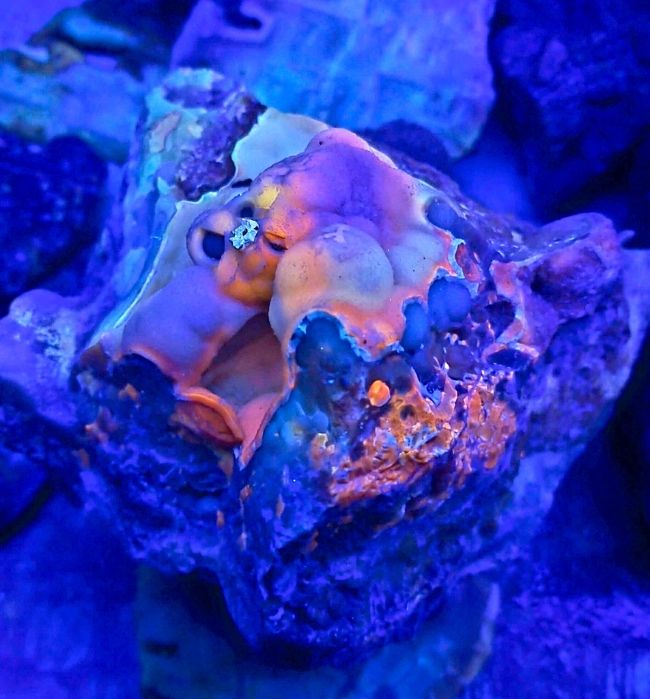
|
|
jamesp
Cave Dweller 
Member since October 2012
Posts: 36,612
|
Post by jamesp on Mar 11, 2017 5:56:00 GMT -5
I use both but for field use I mostly use my long wave flashlight. many minerals will respond to both,some will not. It seems that some of the more colorful ones are mostly respond to short wave. To answer your question yes both wave lengths are preferred. it depends on what you can afford. The quality of your lights is by far the most important consideration. Starting to deduct that both are the way to go. The short wave sure does seem to show more exaggerated colors. Amazing. I suppose people with a big pile of collected rocks(many here) should cast LW and SW upon their rock piles to see what treasures may be found. I hear your regarding the light source. But I am glad to know that the LW works well for you. One gem in particular responds well to LW to assist field collecting. To some degree in the shade of a cloudy dark day. I must get a nice powerful LW. |
|
jamesp
Cave Dweller 
Member since October 2012
Posts: 36,612
|
Post by jamesp on Mar 11, 2017 5:58:35 GMT -5
Sounds like a hobbyist should have a LW and a SW ? Or what is preferred ? Both and some are onto mid range too. For calcites. Yes, a midrange, seen that Scott. Calcites seem to have a lot of color variations. |
|
jamesp
Cave Dweller 
Member since October 2012
Posts: 36,612
|
Post by jamesp on Mar 11, 2017 6:39:25 GMT -5
OK Jeremy txrockhunter. My cell phone did the trick. Fancy Nikon DSLR would NOT get the job done. The smaller the specimen the closer the light the better the color. The cell phone with a bit of photo shop manipulation, as the human eye sees it but yellow glow a bit drab in photo. Small specimen: 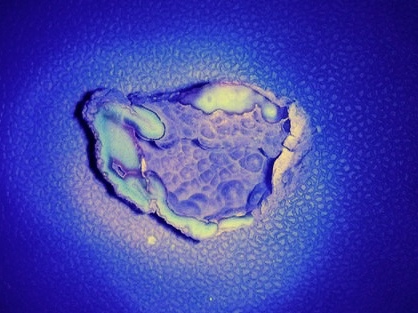 The little flashlight was too weak to make this large pseudomorph glow well w/light 3 feet away. the yellow is yet more drab in photo. As bills mentioned, a stronger light I suppose. 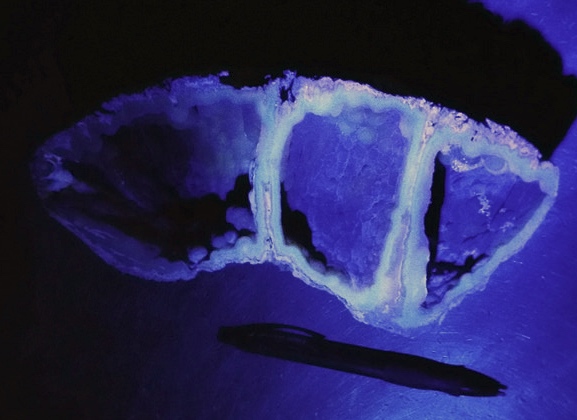 This one is stone cold cool looking but could not get it to contrast or catch glow. 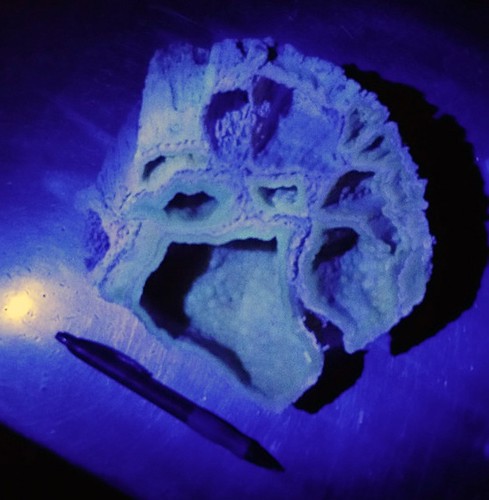 |
|
Fossilman
Cave Dweller 
Member since January 2009
Posts: 20,723 
|
Post by Fossilman on Mar 11, 2017 14:36:40 GMT -5
All of this with a cellphone camera? Liking the contast of the glow............Nice job James!
|
|
|
|
Post by txrockhunter on Mar 11, 2017 14:39:14 GMT -5
OK Jeremy txrockhunter . My cell phone did the trick. Fancy Nikon DSLR would NOT get the job done. The smaller the specimen the closer the light the better the color. The cell phone with a bit of photo shop manipulation, as the human eye sees it but yellow glow a bit drab in photo. Small specimen:  The little flashlight was too weak to make this large pseudomorph glow well w/light 3 feet away. the yellow is yet more drab in photo. As bills mentioned, a stronger light I suppose.  This one is stone cold cool looking but could not get it to contrast or catch glow.  Very Cool! Maybe your DSLR is a Democrat...... The camera can take the shot you want, but it's smarter, and makes the decision for you. Did you take the shot freehand? I can imagine the flashlight being difficult to photograph the larger objets. I have a 24" light, like the one below, and it definitely makes it easier to photograph larger objects. There's definitely a sweet spot in terms of distance from object and vibrance of colors. The light below was listed for $25. 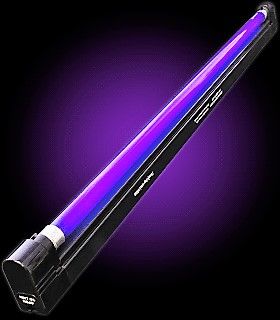 |
|